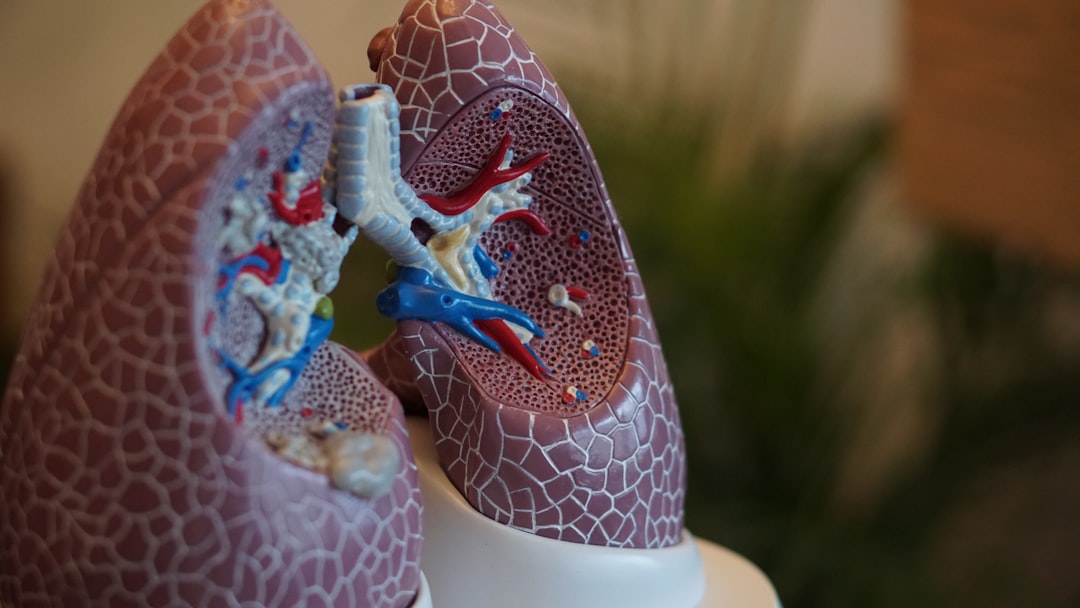Want Migraine Relief? Chronic Pain Relief? Try a Loving-Kindness Meditation

I know, the title of this post sounds like it may be woo-woo out of left field.
But I’m not entirely kidding here.
Migraines are a debilitating neurovascular condition that presents with throbbing headaches often accompanied by a sensitivity to light, nausea, vomiting, and other sensory side effects. Definitely not your typical tension headache, for sure.
This condition affects nearly 20% of women and 7% of men in the United States.
In this study done at the University of Massachusetts Medical School in 2014, a group of 27 patients that suffered from migraines anywhere from 2 to 10 times per month and had a migraine diagnosis were referred to this study by their physicians. All the participants in this group also had never meditated before.
During the study, the participants did a guided 20-minute Buddhist Loving-Kindness Meditation, facilitated by a masters-level clinician. The study looked at migraine-related pain as well as emotional tension.
After the meditation, the participants all reported a decrease in pain as well as a decrease in emotional tension. On average, the study found a 32.7% decrease in pain levels and a 42.7% decrease in emotional tension levels. Thirty-seven percent of participants reported a pain level of less than 1 on a scale of 10 and 55.6% reported an emotional tension level of less than 1 on a scale of 15.
Although the study was small in size, the results were significant. Of course, more study should be done to really draw a definitive conclusion, however practicing a loving-kindness meditation is a low-risk, safe way to complement migraine treatment, or could also be used while one waits for their migraine medication to kick in.
What is loving-kindness meditation, anyway?
Although popularized by Buddhism, scriptures on loving-kindness meditation can also be found in ancient Hindu and Jainism texts that date back pre-Buddha. It’s also called Metta Bhavana in the Pali language, or just Metta or Maitrī in Sanskrit. Maitrī translates to “friendly, compassionate, benevolent, amicable, kind, good-will, amicable.”
The purpose of this kind of meditation is to cultivate these feelings towards others. It’s usually done by sending ourselves good wishes first, then sending them out to others, either people we know or the world at large.
It can also be done by recalling a time when you felt a great sense of love and compassion, cultivating that sense within you, then releasing the event that created these feelings while hanging on to that feeling of love itself.
The actual methodology of this kind of meditation varies from teacher to teacher, and spiritual practice to spiritual practice. The essence of it, however, remains the same: To cultivate loving-kindness. Ram Dass, a famous spiritual teacher, was known for his “I am loving awareness,” mantras and meditations.
It also helps with chronic low back pain!
In this 2005 study published in the Journal of Holistic Nursing, 43 patients with chronic lower back pain were recruited for a study to observe if loving-kindness meditation could help reduce their pain.
The participants were split into two groups: One that just followed standard care, and the other group that did an 8-week course including one weekly 90-minute group session, and 10-30 minutes of home practice off of guided audio meditation.
Immediately after and in a follow-up analysis, results showed that the group that participated in the meditation had a significant reduction in their levels of chronic pain as well as psychological distress. The usual care group showed no improvements at all.
Further analysis demonstrated that the more loving-kindness meditation one did on any given day resulted in less pain experienced that day, as well as less anger experienced the following day.
It also helps with these other things!
Loving-Kindness meditation also has a plethora of other benefits, many of them with science and research to back them up.
Studies have shown that loving-kindness meditation can cultivate more positive emotions and less negative ones, increase empathy and emotional processing, decrease self-criticism, improve social connections, and can decrease PTSD.
Physiologically speaking, loving-kindness meditation increases vagal tone, or the activity of the Vagus nerve, a cranial nerve that plays a fundamental role in the parasympathetic nervous system (your rest-and-digest nervous system feature). Vagal tone can be used to measure physical health and emotional regulation. This study showed that loving-kindness meditation increased positive emotions, and subsequently increased vagal tone in participants.
A more recent study found that loving-kindness meditation decreased perceived bias against stigmatized social groups.
Where to practice loving-kindness meditation.
Here are a few good loving-kindness meditations that you can practice at home for free.
I am loving awareness meditation by Ram Dass
Headspace Meditation for Self-Compassion
A 40-minute meditation for deep healing of ourselves and others from Mindful
15-minute loving-kindness meditation from Emma Seppala, Science Director of Stanford University’s Center for Compassion and Altruism Research and Education and author of "The Happiness Track."
Loving Kindness Meditation by Tara Brach
Final Thoughts.
Of course, if your migraines or pain are new, preceding an injury, or related to a specific health condition, talk to your doctor first. Don't prescribe yourself treatment on the internet because somebody wrote a blog post about it. (See my disclaimer for more on that).
Now that that's out of the way...
In our often hostile world, where we can turn on the television or open social media and easily get sucked into a slew of divisiveness, loving-kindness meditation could offer a way out through intentionally cultivating a sense of love that can then be released into the world.
As an added bonus, research is starting to find that through practicing this love and compassion-fueled meditation, these meditators are also reaping added bonuses like decreased pain, decreased migraines, decreased self-criticism, and improved social connections and positive emotions.
There’s a phrase that goes, “traumatized people traumatize others.” It’s projection, at its core, where we tend to take our own feelings and project them onto others. If traumatized people traumatize others, perhaps healed people can heal others?
In a world that so desperately needs healing, I believe that through sending love, compassion, kindness, and healing energy out into the world, we can subsequently find healing for ourselves.












If you enjoyed this article or recipe, please consider giving it a comment! It helps others discover my blog and recipes, and your comments always make my day :) Thank you for your support!
Your email address will not be published. Required fields are marked *